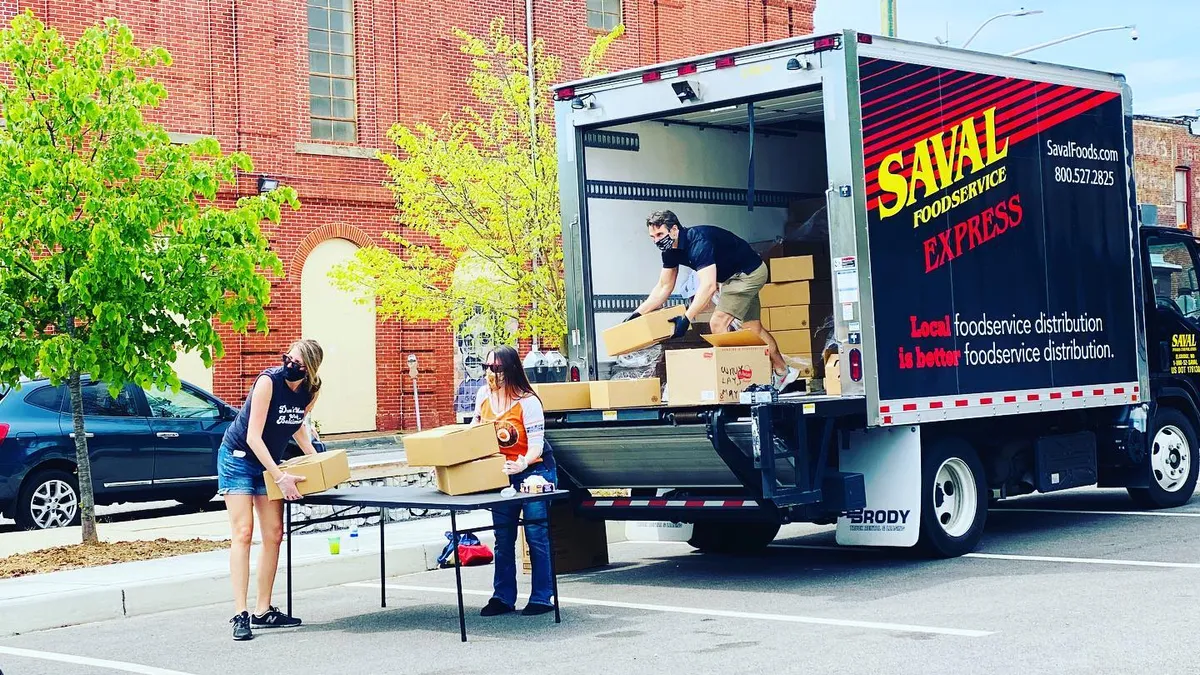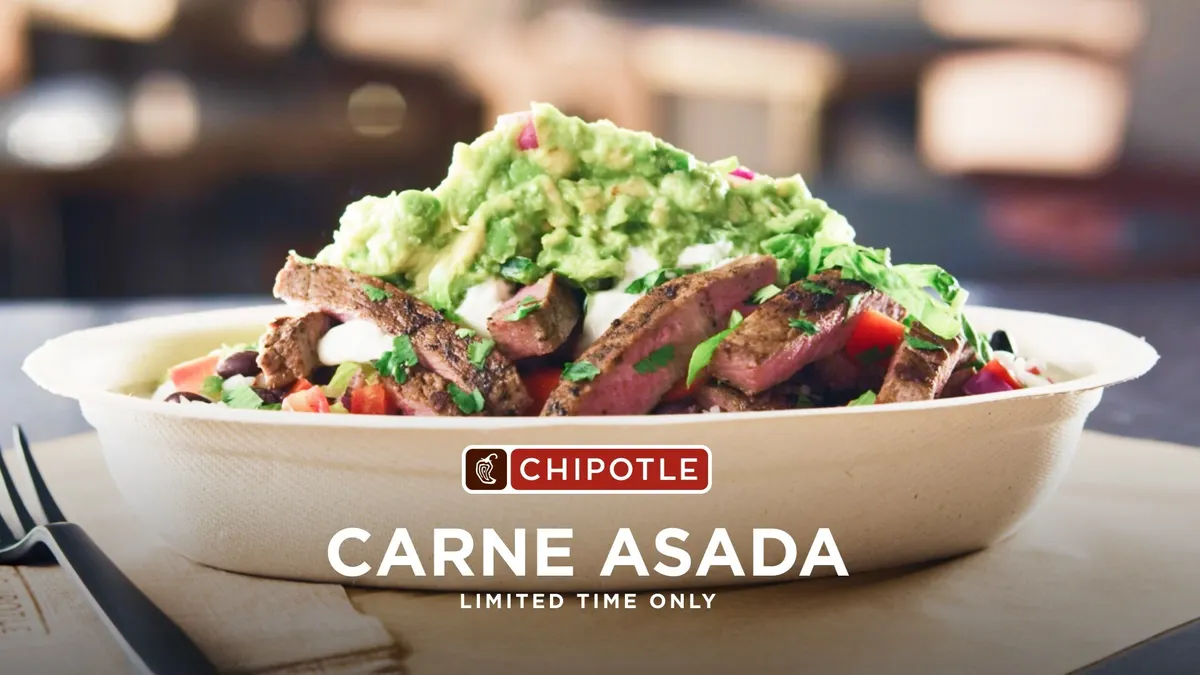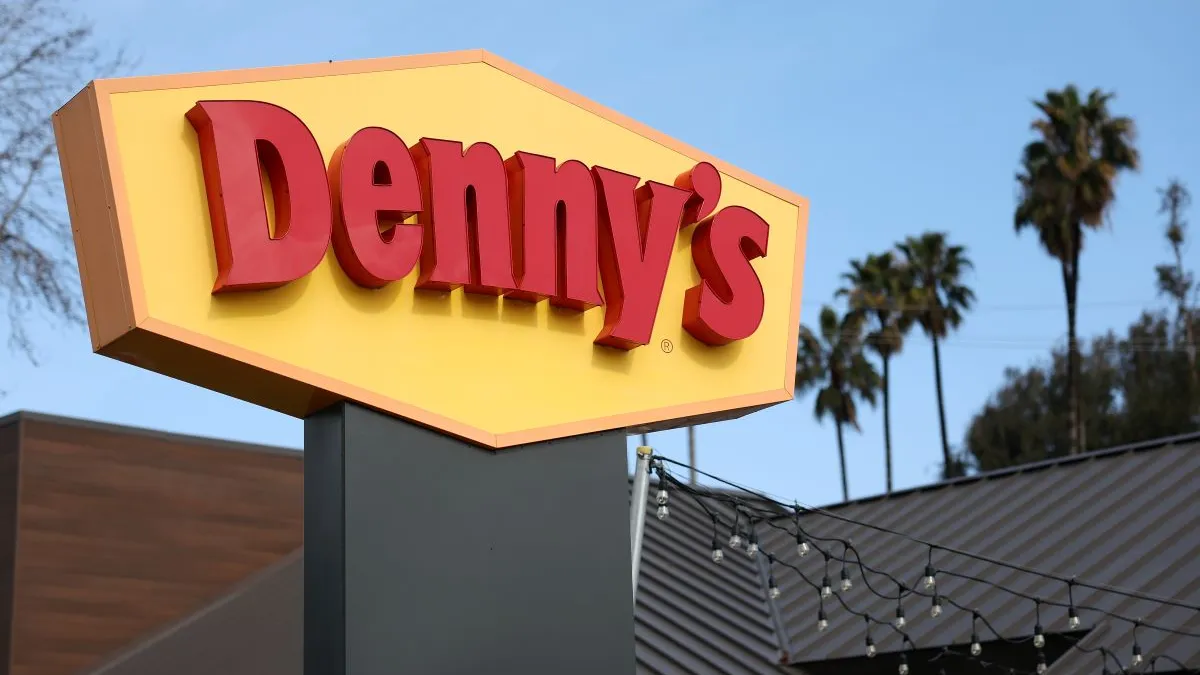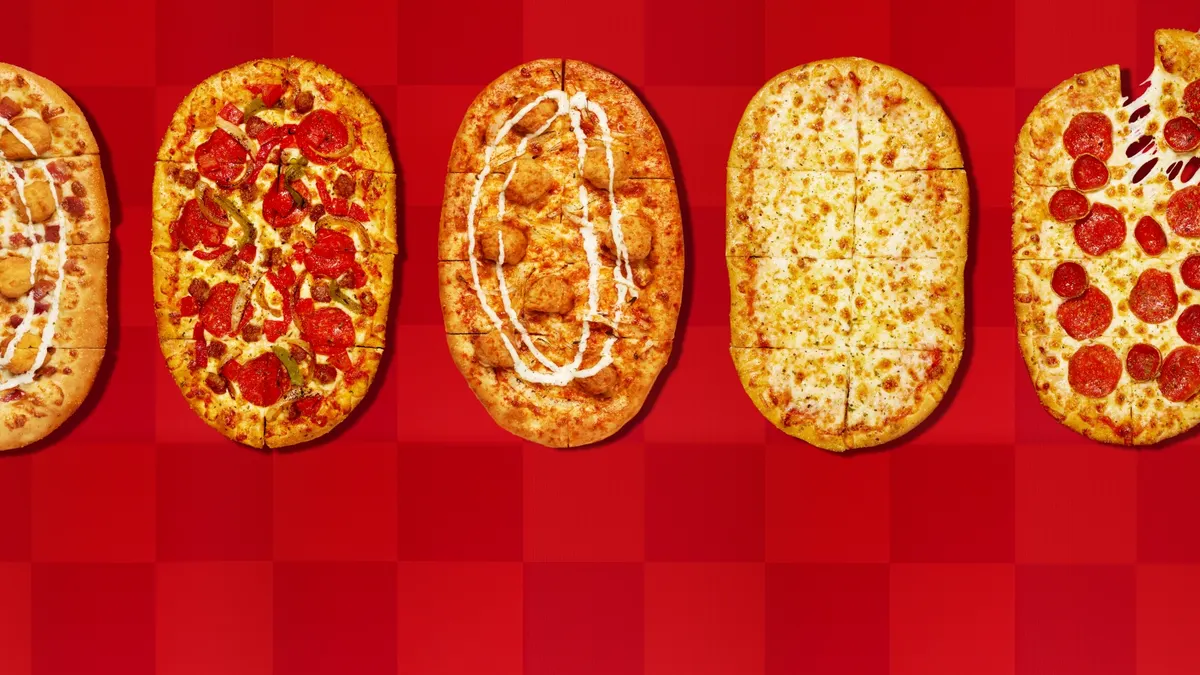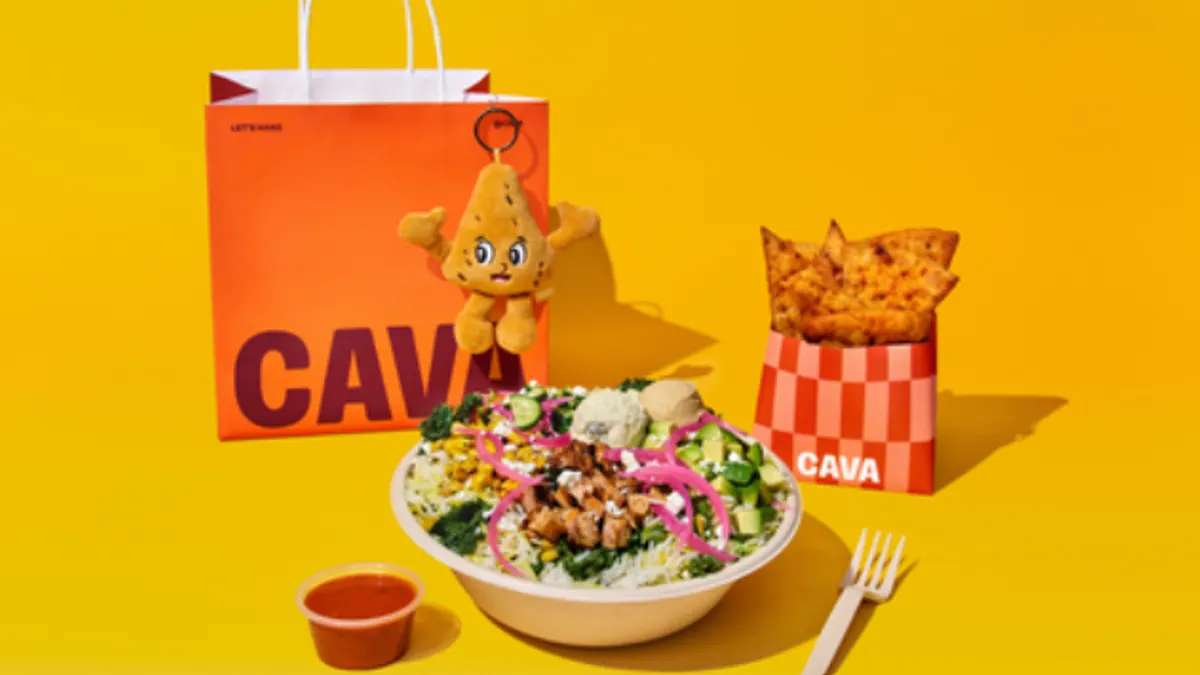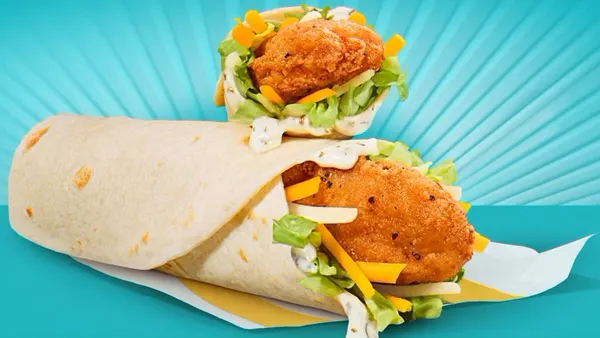When the Cork and Barrel Wine Bar in Zionsville, Indiana, closed temporarily during the COVID-19 shutdowns, co-owner Sarah Hine turned the popular gathering spot into a delivery business and a mini grocery store.
She partnered with Piazza Produce, a wholesaler in Indianapolis, to sell consumer-sized quantities of everything from filet mignon to milk, buns and produce.
The bar posted available items on its Facebook page and started doing 30 to 40 deliveries per day for consumers who couldn't get what they needed at a grocery store or had to wait days for an Instacart order.
"I was used to running a wine bar but I had to pivot to be a complete retail store," Hine said.
Hine's wine bar and Piazza Produce were able to shift operations to consumer retail, and while it didn't replace normal volumes, it helped both companies stay in business.
"I feared if we closed, we would never reopen," Hine said.
Food distributors scramble to survive — and not all make it through
Similar stories popped up as the restaurant supply chain scrambled to survive the COVID-19 shutdowns.
The food distribution industry expects to take a $110 billion loss for the year, or about a third of the industry's revenues in 2019, according to Meghan Cieslak, director of marketing & communications for the International Foodservice Distributors Association. In April, the industry lost 60% to 90% in sales.
"I feared if we closed, we would never reopen."

Sarah Hine
Co-owner, Cork and Barrel Wine Bar
The food service sector represents roughly half of the total food industry, with grocery store sales making up the other half. For the most part, the two supply chains do not cross because of packaging and pricing differences.
About half of the food service sector is non-commercial operators such as schools, healthcare facilities, prisons and other public institutions and private businesses besides restaurants. Food distributors suffered not only from restaurant closures but also as hospitals cut back or halted food service in cafeterias, and amusement parks, sports venues and other away-from-home dining options disappeared. Schools and universities have also shuttered, and the future looks uncertain as many have declared virtual operations for the fall.

Many food distributors were able to pivot to keep some business going, while others were not so fortunate.
Maines Paper & Food Service, a large distributor in Conklin, New York, closed its broadline distribution business in early May due to the impact of COVID-19. A broadline distributor sells an array of products, from paper goods to cleaning supplies to meat and produce for independent restaurants and other food service operators. The company had been looking for a buyer prior to the pandemic, but potential acquirers backed out, according a memo sent to employees. The company was unable to secure a Paycheck Protection Program loan that would allow it to continue to pay workers.
Using a new recipe for success
In the third week of March, Saval Foodservice in Elkridge, Maryland, lost 65% of its business and began laying off workers. Those that stayed on took pay cuts to help keep the doors open, said CEO Paul Saval. As a broadline distributor, Saval primarily served independent restaurants and a few convenience stores.
When restaurants closed, Saval began contacting independent grocery stores to supplement their inventory during the initial weeks of panic buying.
Over a weekend, the company's in-house team launched a website for direct-to-consumer sales. They repackaged goods for consumer consumption and created a new pricing structure. Gallons of hand sanitizer sold quickly, and boxes of restaurant-quality steaks were popular, too.
"It wasn't a lot of volume and actually was nowhere near the volume of what the grocery stores were buying, but it helped keep the doors open," Saval said.
Then the team contacted homeowners' associations in their region and set up food delivery sites for online orders. At one point, the distributor served 10 neighborhoods with some communities receiving hundreds of orders at a time.
"People were scared to go to the grocery store, and all they had to do was drive up and we would put the bags and boxes in their trunk," Saval said.

In the early weeks of the shutdown, Saval used its logistics expertise and food inventory to distributed perishable items to out-of-work restaurant employees in Washington, D.C.; Arlington, Virginia; and Ellicott City and Montgomery County, Maryland. The company purchased a box-packaging machine to tape boxes full of food. Sales people who had no customers to call on pitched in and packed boxes.
Later, as nonprofits received grants to feed people, Saval Foodservice sold food boxes to nonprofits and distributed them.
"What started out as giving away food turned into a revenue producer for us, and that's continued to this day," Saval said.
"It wasn't a lot of volume ... but it helped keep the doors open."

Paul Saval
CEO, Saval Foodservice
Saval Foodservice also owns Deli Brands of America, which processes deli meats and cooks prepared foods. Grocery stores faced meat shortages, but shoppers weren't going to deli counters, and the deli business dropped by 70% for about three weeks.
Then it roared back to life as distributors started ordering to replenish stocks. Deli Brands started slicing and packaging meat for grocery store grab-and-go packaging, and business recovered to about 5% to 10% ahead of last year, Saval said.
"A lot of the synergies that we underestimated between distribution and manufacturing really came to the fore and sustained my opinion of the importance of a diverse of customer base," he said.
Waiting for the dough to rise
Food distributors have reinvented themselves on the fly, but it's not clear what innovations may remain if or when food service operations return to normal.
"In the future we'll pick up different kinds of customers like the prisons and grocery stores, and some of things we did like the nonprofit feeding and the curbside pickup I think will stay," Saval said.
Some restaurants have launched or signed up for ghost or cloud kitchens for centralized meal prep to support delivery services. "Those kitchens simplify the supply chain because a distributor can make one delivery instead of multiple stops for each restaurant," said Tim Powell, managing principal with consulting firm Foodservice IP.
The Cork and Barrel Wine Bar reopened at 50% capacity in mid-May, and business was slow starting out, Hine said. She will continue with food and wine delivery for the foreseeable future. "It's definitely made me think about the overall model for our business going forward," she said.
"It's all on the demand side. If the restaurant industry doesn't have the throughput, there's nothing you can do about it."

Tim Powell
Managing Principal, Foodservice IP
Although some restaurants are reopening with capacity restrictions, cash flow could be an ongoing problem. Business failures and consolidations could stem from food distributors extending credit to small operators through 30- to 60-day credit terms.
"Distributors are sort of pseudo banks to our customers, so we had to eat all of the losses from the closures, and now restaurants need credit again," Cieslak said. "Distributors are in sort of a weird place right now of wanting to extend credit but needing some assistance."
The food service industry could benefit from federal funding similar to what other industries have received.
"Distributors with deeper pockets will survive longer, but they will likely need federal funding to survive should [shutdowns] last more than another three months," Powell said. "It's all on the demand side. If the restaurant industry doesn't have the throughput, there's nothing you can do about it."


